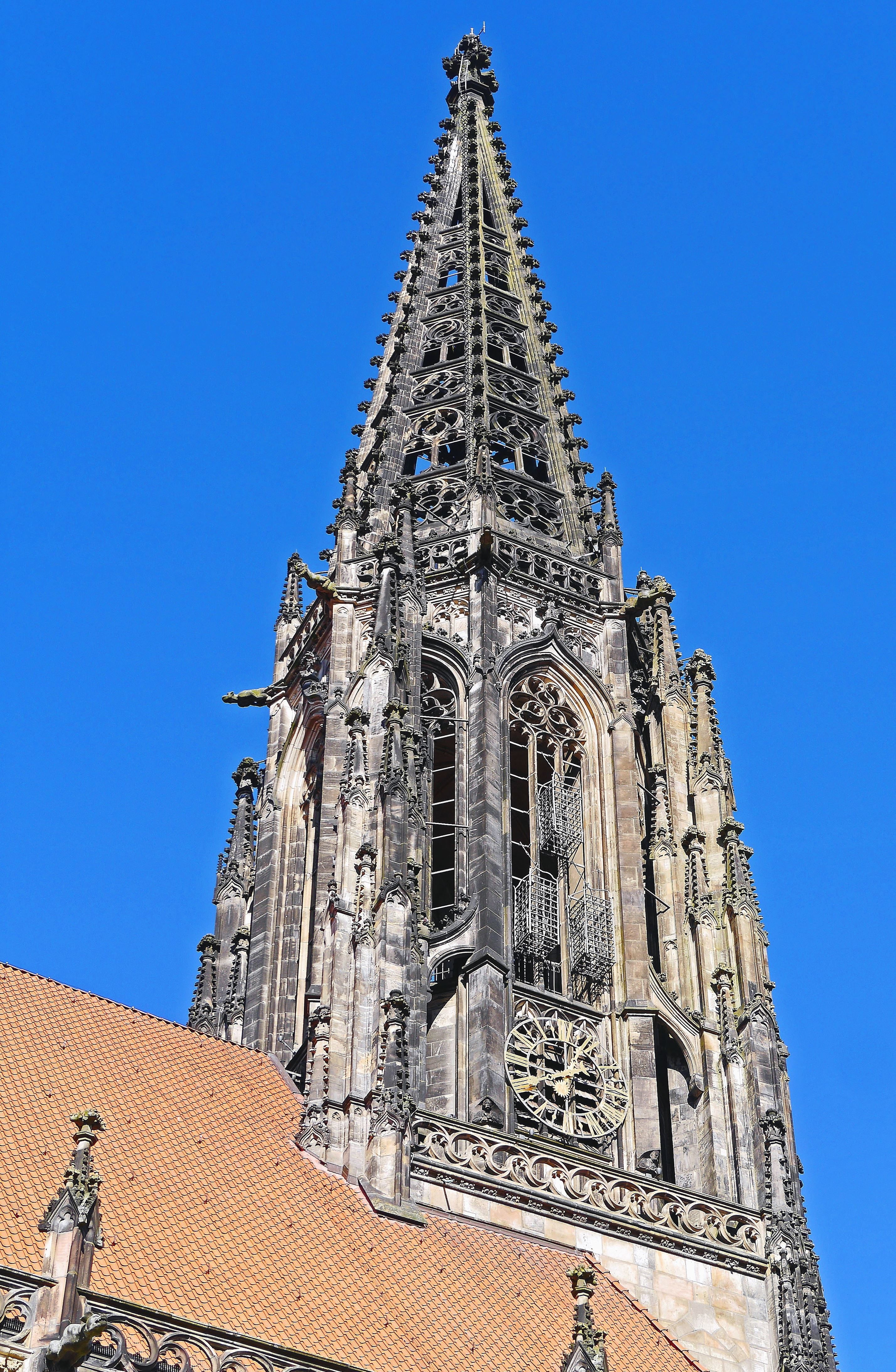Apparently certain people believe that a black Egyptian masonic order named The Osirica is the real foundations of freemasonry. The Moguldom Nation The Osirica is a black Egyptian masonic order that existed in ancient Egypt. Many believe this group’s village at present day Deir el-Medina was... Europe's great cathedrals had its basic shapes and the master masons did use common outlines, but aside from that I think the buildings were mostly changed before they were even finished. There is who makes a comparison with gothic cathedrals. Generations of workers spent their entire life in a construction site to realize a gigantic church. The parallel is not exactly correct, anyway it aids to remind that human societies can find less or more "supernatural" motivations to do something incredibly impressive and majestic.
There is who makes a comparison with gothic cathedrals. Generations of workers spent their entire life in a construction site to realize a gigantic church. The parallel is not exactly correct, anyway it aids to remind that human societies can find less or more "supernatural" motivations to do something incredibly impressive and majestic. The Cathedral of the Holy Saviour of Congo is the name given to an old Catholic church built at the end of the 15th century in the capital of the Kingdom of the Congo, it was one of the first Catholic cathedrals in sub-Saharan Africa and in what is now known as Angola. I believe that Gothic Cathedrals, being the imposing building they are, kept the locals in constant awe of the power of the Church. The mere size and style of the Cathedrals, with all its spirals and towers, would remind the peasants how powerful the Church was and how insignificant they were. By avoiding the Dark Ages term, it seems to me some historians are over-playing the nonjudgmental ploy in order to seem more "scientific." It is as if they were trying to say that no society or stage can be "dark" just because it was necessary and that. Am I correct in saying most European Castles and Cathederals are made of stone - most likely limestone? Brick seems to have been a perfectly viable alternative. As shown by the brick gothic style found most typically in northern Germany and the Baltic. Brick Gothic -.
I believe that Gothic Cathedrals, being the imposing building they are, kept the locals in constant awe of the power of the Church. The mere size and style of the Cathedrals, with all its spirals and towers, would remind the peasants how powerful the Church was and how insignificant they were. By avoiding the Dark Ages term, it seems to me some historians are over-playing the nonjudgmental ploy in order to seem more "scientific." It is as if they were trying to say that no society or stage can be "dark" just because it was necessary and that. Am I correct in saying most European Castles and Cathederals are made of stone - most likely limestone? Brick seems to have been a perfectly viable alternative. As shown by the brick gothic style found most typically in northern Germany and the Baltic. Brick Gothic -. Gothic cathedrals, on the other hand, have huge interior chambers (up to 160ft high and 500+ ft long), along with other technical features that make them much more impressive as feats of engineering (e.g. the enormous windows and near total lack of supporting walls in Churches like Amiens). Salisbury Cathedral, England.
